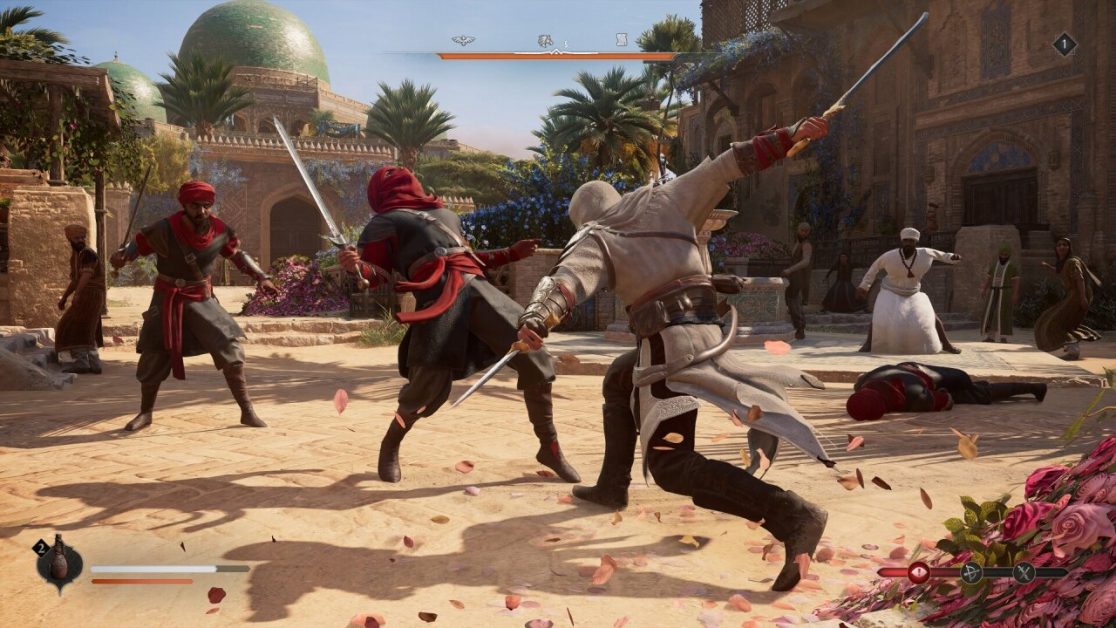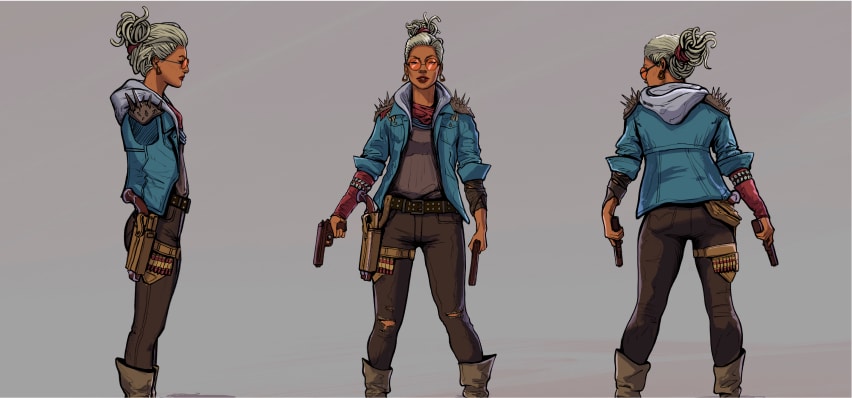
The world of AAA game development is rapidly evolving. Once confined to in-house studios with massive office floors and closely monitored pipelines, today’s top-tier titles are now being built across multiple time zones and living rooms. Why? Because remote art teams are on the rise, especially in the United States.
In 2025, the shift toward remote work has extended far beyond tech and design; it’s now a core strategy for the modern AAA game art studio. Freelance artists, once seen as temporary support, are now crucial team members helping shape game worlds from concept to completion.
Why Remote Teams Work for AAA Game Studios
Historically, AAA studios favored centralized operations for better communication and IP protection. But the pandemic and tech advancements forced a rethink. It turns out remote teams can sometimes exceed the productivity of in-house artists.
Modern project management tools, secure asset-sharing platforms, and real-time feedback systems make collaboration seamless. Studios can tap into talent from New York to Nebraska, cutting overhead while expanding creative diversity.
Freelancers: From Side Hustlers to Industry Pillars
Freelance game artists used to work on the outskirts of the AAA world, taking on minor tasks or asset cleanup jobs. Now, they’re central players. Studios like Naughty Dog, Ubisoft, and Riot Games are partnering with freelancers for everything from creature design to cinematic lighting.
The benefit? Flexibility. Freelancers can plug into production at critical stages early concepting, crunch-time polish, or DLC expansions giving studios just-in-time talent without the commitment of full-time hires.

The U.S. Advantage: A Freelance-Rich Ecosystem
In the U.S., the rise of creative freelancers isn’t new; it’s embedded in the gig economy. What’s changed is how AAA game art studios now treat them: as long-term collaborators, not just short-term contractors.
Platforms like ArtStation, Behance, and LinkedIn have made it easy to source talent. Meanwhile, major cities like Austin, Los Angeles, and Atlanta are packed with remote-ready artists who have AAA experience but prefer the freedom of contract work.
Tools Powering Remote AAA Collaboration
What makes remote collaboration actually work? It’s not just email and Zoom. Studios are using purpose-built tools like:
- Perforce Helix & Git LFS for large file version control
- ShotGrid & Monday.com for task tracking and asset reviews
- Miro & Figma for visual brainstorming and mood boards
- Unreal Engine & Unity Cloud Build for real-time rendering feedback
These platforms remove bottlenecks, ensure consistency, and allow even large art teams to stay aligned whether they’re working from San Francisco or South Carolina.
Benefits of Remote AAA Art Pipelines
There’s more to this trend than convenience. Remote AAA pipelines offer tangible advantages:
- Global Talent Access: Studios are no longer limited to local hires. They can source stylists from Brooklyn, sculptors from Boise, or environment artists from Miami—all in one project.
- Cost Efficiency: No need for office space, hardware setups, or relocation costs. Budgets stretch further when teams are remote.
- Creative Diversity: Mixing artists from different cultural and geographical backgrounds leads to more innovative and inclusive designs.
In a highly competitive industry, these advantages are hard to ignore.
The Challenges (and How Studios Solve Them)
Of course, remote work isn’t perfect. Common issues include communication delays, asset versioning conflicts, and uneven quality standards. But top AAA game art studios have adapted.
They implement:
- Clear creative briefs and annotated concept boards
- Automated backup systems and cloud-sync folders
- Frequent check-ins with feedback loops and screen sharing
- Style guides that ensure visual consistency across all contributors
Training and onboarding have also gone virtual. Some studios even run online bootcamps to ramp up new freelancers fast.

How Freelancers Are Building AAA Careers from Home
For freelance artists, this isn’t just a gig, it’s a career path. Artists now specialize in roles like:
- Hard surface modeling
- Organic sculpting
- Concept art
- Texture painting
- VFX art and lighting
And thanks to repeat contracts, portfolio credit, and social proof, many are becoming go-to collaborators for multiple studios. Some even build micro-agencies that serve as “plug-and-play” art teams for AAA devs.
Real Projects, Real Impact
Several high-profile games in the past 3 years have quietly credited remote artists for key contributions. Take for example:
- Horizon Forbidden West: outsourced creature concepting to remote talent
- Call of Duty Mobile: collaborated with U.S.-based freelancers on level props
- God of War Ragnarök: used remote character sculptors for side-quest content
The takeaway? Remote art is not auxiliary, it’s foundational.
Final Thoughts
As the gaming industry continues to grow, the need for scalable, talented, and flexible art teams will only rise. U.S.-based AAA game art studios have embraced this by treating remote artists as vital partners in production, not just hired help.
For young artists and freelancers alike, the message is clear: you no longer need to move to California to work on a blockbuster game. You just need skills, consistency, and a solid internet connection. And for those looking to start even younger, platforms like Roblox offer a powerful entry point. In fact, many freelancers cut their teeth building custom models and monetizing games there. It’s no wonder people ask, how much does Roblox make a day? The answer: over $20 million. And a chunk of that goes to creators’ proof that digital art and virtual world-building are more than just play. They’re the future of creative income, and remote AAA game art is leading the way.





